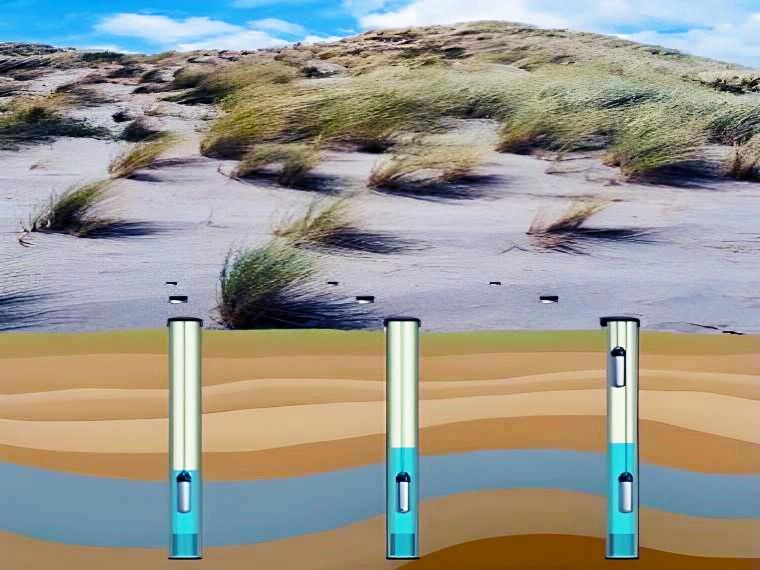
The piezometric level is the height to which water can rise in a well under the influence of the hydrostatic pressure of groundwater. It directly depends on the depth of the aquifer as well as its hydrodynamic characteristics.
There are several methods for determining the piezometric level:
Measuring the depth of immersion of a measuring tape. This method is used for static observations. A tape with a weight is lowered into the well until it touches the water level. The depth of immersion of the tape corresponds to the piezometric level.
Using a piezometer. This is a special device that measures the water pressure in the well. Data from it is transmitted to a special device for processing and analysis.
Using water level sensors. Modern sensors allow for continuous measurement of the water level in the well. Data is transmitted to a server for remote monitoring.
Piezometric studies are necessary for:
Piezometric studies conducted by ERIELL Well Solutions provide valuable information about the state of aquifers, which is essential for effective water resource management, environmental protection, and sustainable development.